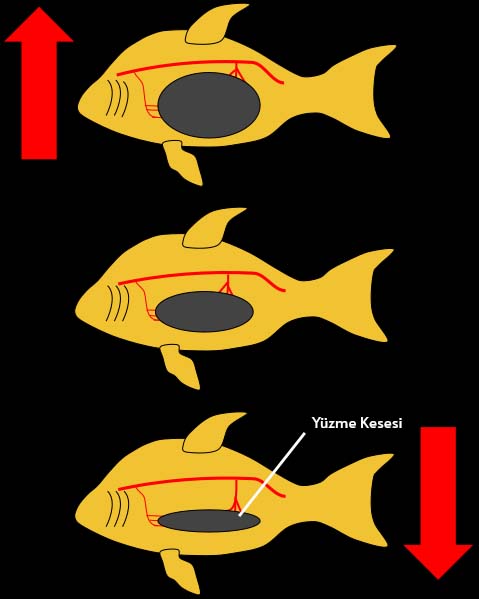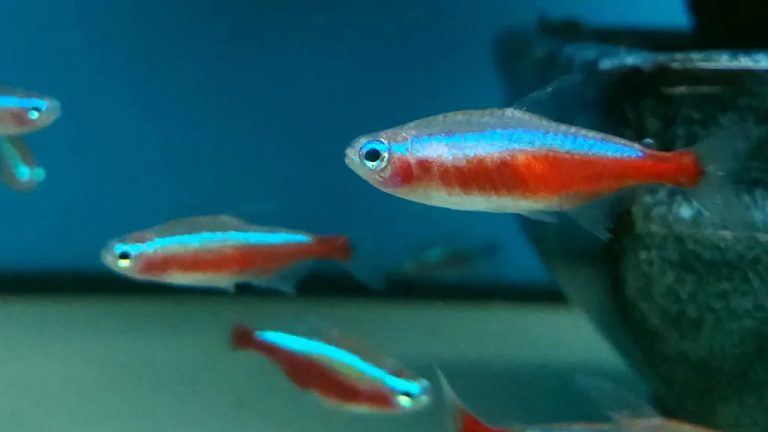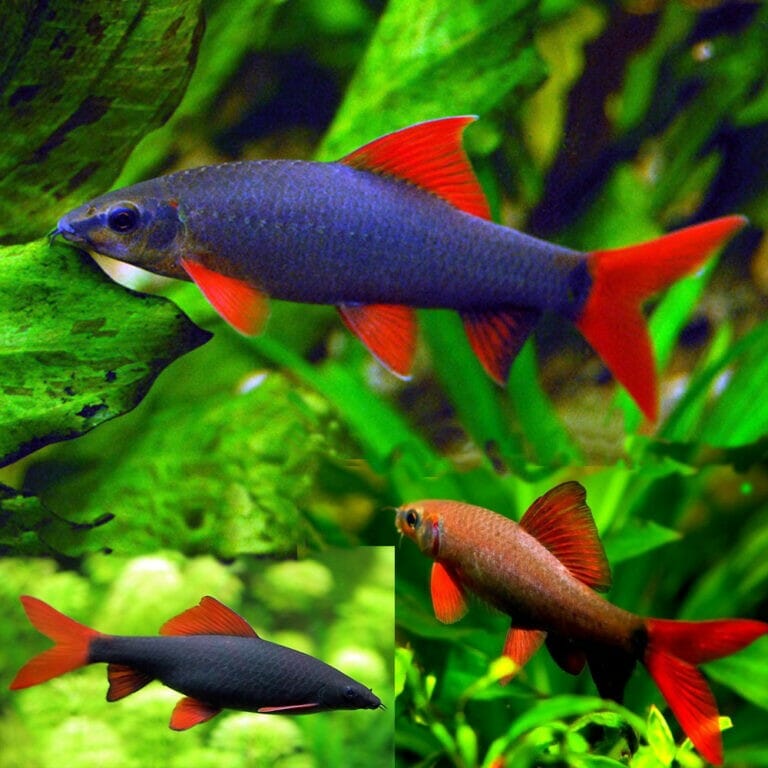Swim Bladder Disorder: What Is It and Treatment Methods
The swim bladder is an organ in fish that fills with oxygen and allows them to control their buoyancy. A fish with a swimming issue is very likely to have a problem with its internal swim bladder.
This disease is largely due to an infection in the swim bladder.
The organ also helps the fish control its depth in the water. The first symptom observed in aquarium fish is the fish not swimming in a straight position or not swimming correctly.
Goldfish are at the forefront of species that suffer greatly from swim bladder issues, followed by betta fish. However, this problem can be observed in all other fish.
Continue reading for details on how to treat swim bladder disorder in fish and what should be used.
What is Swim Bladder Disorder?
The swim bladder is a hollow organ that fills with oxygen as needed, allowing the fish to swim correctly. When the swim bladder is impaired, the fish cannot maintain proper swimming. This disorder can result from injury, infection, or various other conditions.
When a fish takes a breath, water entering through its mouth passes through the gills, and from there, through gill filaments, oxygen is transferred into the bloodstream. Oxygen-enriched blood then travels to the heart, which pumps it throughout the body.
Much like a submarine, a fish fills or empties its swim bladder with air to ascend to the water’s surface or dive deeper.
Fish with a functioning swim bladder know when to rise or sink and swim accordingly. However, a fish with a damaged swim bladder cannot sense this, resulting in a swimming disorder.
Symptoms of Swim Bladder Disorder
The first sign of swim bladder disorder is the fish’s inability to swim correctly and trying to balance itself by swimming upside down. They might be swept away by the currents in the aquarium. Observing the fish, you might notice it moving as if it has no control over its swimming.
Sometimes, the fish becomes exhausted from trying to swim and might rest on its side in a corner of the aquarium. However, this symptom could also indicate a different illness. Key symptoms to observe include:
- The fish frequently stays at the surface or the bottom of the aquarium.
- There is noticeable irregularity and lack of control in its swimming.
- It tries to right itself by swimming upside down.
- It struggles significantly to rise to the surface or sink to the bottom.
Causes of Swim Bladder Disorder
Several factors can cause swim bladder disease, with the most common being:
- Bacterial infections
- Parasites
- Fungal infections
- Injuries
Prevention of Swim Bladder Issues
Swim bladder disease is a common condition among aquarium fish. While it’s not highly contagious, poor water quality and overcrowding can make it easily spread to other fish. Simple preventive measures can largely prevent its occurrence in your aquarium:
- Clean Water: Maintaining clean water and good water quality can prevent swim bladder disease. Poor water quality is a leading cause, as the buildup of toxic wastes like ammonia and nitrite depletes oxygen in the aquarium. This can result in swim bladder disorders. Ensure regular weekly water changes and use an efficient filter.
- Overcrowding: Overstocking an aquarium can stress your fish, making them vulnerable to the bacteria and infections that cause swim bladder disease. Determine how many fish your aquarium can accommodate based on its size and the type of fish. When adding fish, do it gradually, rather than adding many at once.
- Overfeeding: Feed your fish only what they can consume in about two minutes. This will help prevent swim bladder disorder and other diseases due to overfeeding.
Treatment of Swim Bladder Disease
Treatment methods can vary based on the cause of the disease, but various treatments are available for each cause:
- For swim bladder disorders linked to constipation, you can put your fish on a diet. Refrain from feeding for a few days (2-3 days) and then provide them with peeled, mashed peas, which can relieve constipation and help the swim bladder recover.
- If the disease is due to an infection, treatment with antibiotics and salt (aquarium or rock salt) can be effective. Salt is frequently used in treating fish diseases, as it halts infections and accelerates the healing process.
- Consult with a veterinarian knowledgeable about fish diseases. The vet might be able to alleviate the swimming disorder by extracting air from the swim bladder with a syringe. In advanced cases, part of the swim bladder may need surgical removal.

We recommend reading our article titled “Aquarium Fish Diseases” to learn about the most common fish diseases, their causes, treatments, and how to prevent them.
Although not fatal in some fish species, swim bladder disorder can lead to other problems in the fish’s body that may result in its death. Most fish cannot live without a swim bladder. If you suspect your fish has this disease, you might try treating it at home before showing it to a veterinarian.
If the disease has advanced and you lack experience, we recommend taking it to a veterinarian. It’s not often that fish with swim bladder issues recover on their own. Therefore, if home treatments are ineffective, seek medical assistance from a veterinarian.








